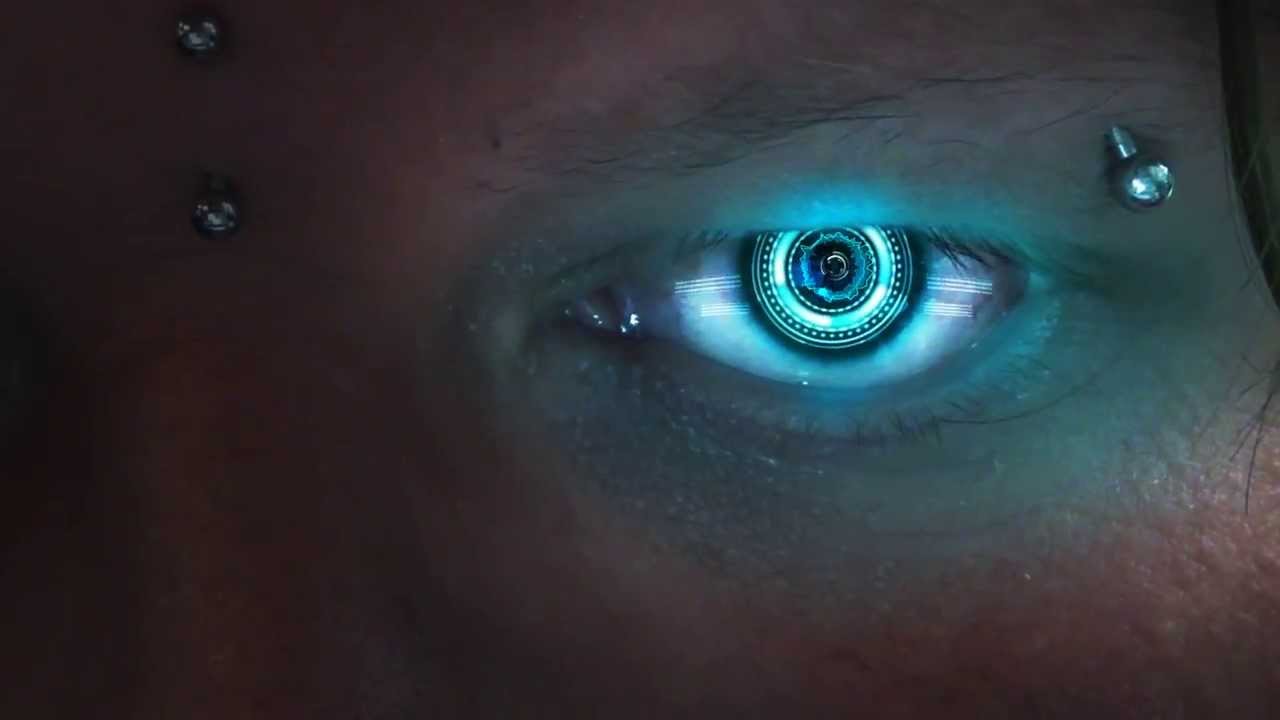1994 brought one of the first “lightweight” head mounted displays, the CyberEye from then San Jose based General Reality. Offered in both stereoscopic and monoscopic versions, the CyberEye featured a flip-up visor which allowed users to see keyboards and monitors in the “real” world. CyberEye’s introductory letter touts the benefits of narrow field of view optics:
Dear Visualization Pioneer:
…. Many toy manufacturers stretch today’s limited pixel-count LCD panels to provide a 70 deg. or even 110 deg. FOV, resulting in low-resolution blocky images, strange optical artifacts, and huge amounts of optical distortion at the image corners. Instead, CyberEye provides crisp, undistored images equivalent to a huge 7 ft. TV (at a distance of 12 ft.)
Yes, in 1994, wide FOV head mounted displays revealed the transistor structure of the underlying LCD displays. I’m just not sure that narrow field of view makes for much of an immersive experience?


